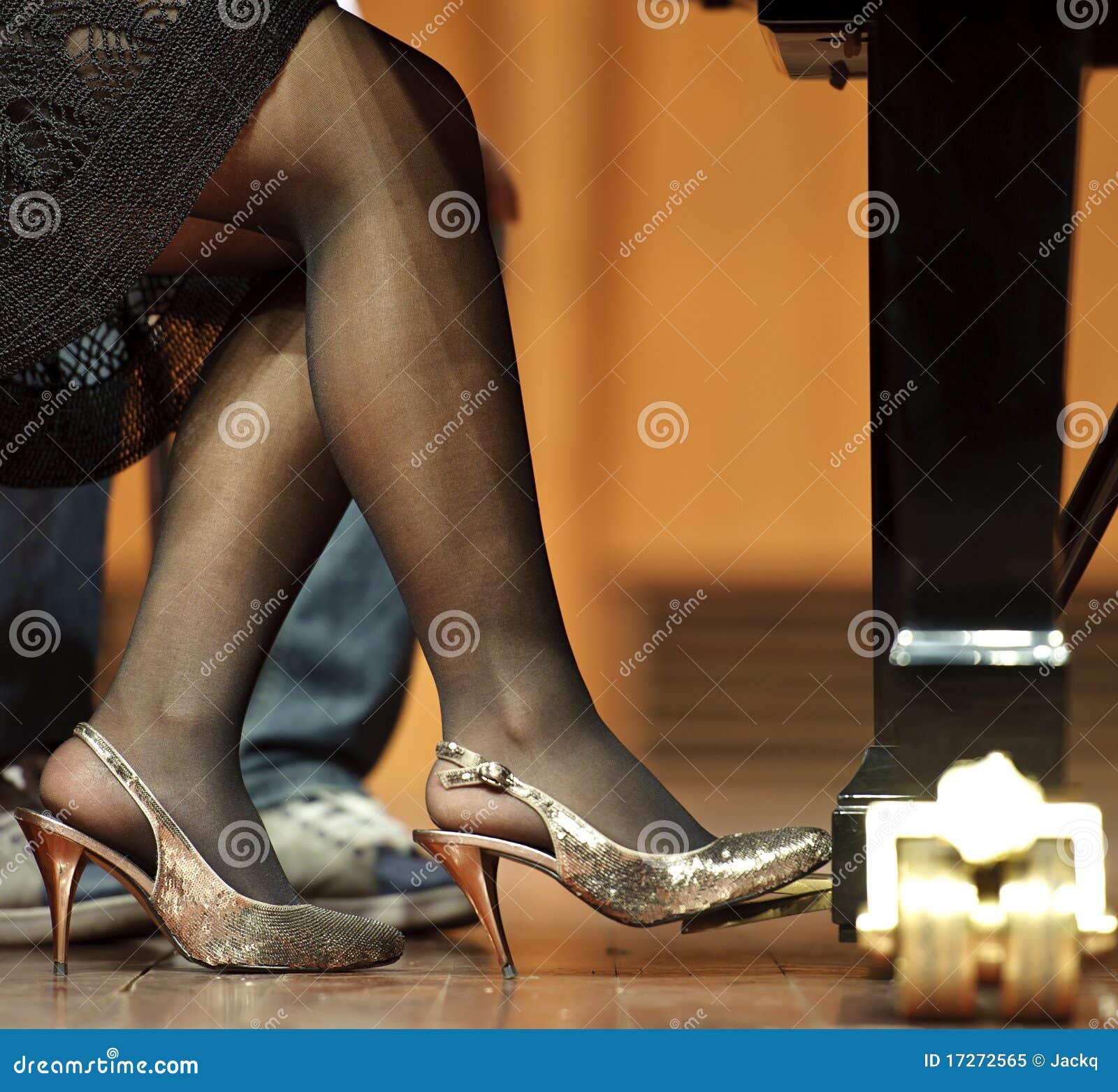

It can help us to sustain only certain notes (for example the bass), at the same time keeping all the other voices as detached and transparent as possible. We can also use the middle ( sostenuto) pedal, especially in playing Bach’s organ works. The pedal should be changed often and we need to make good use of the ‘half’ pedaling technique :).Ĥ. We need to use the pedal only in certain places, for creating certain effects – for example making a better legato or emphasizing a specific harmony, rhythmical structure or articulation mark.ģ. We have to avoid ‘blurring’ the melodic line or ‘gluing’ together incompatible sounds or harmonies. The sustain pedal has to be used carefully, especially in polyphonic pieces. The sustain pedal helps us to create a better continuity and a deeper, more powerful sonority, while the soft pedal allows us to change the color of the sound (imitating a switch of the organ registers) and to make it more distant.Ģ. The powerful and deep sonority of the organ remains on the same level for as long as we keep the keys pressed it’s impossible to play organ works on the piano without using both the sustain and the soft pedals.The harpsichord didn’t have dampers and its strings could resonate longer than the strings of the piano for achieving the same effect on the piano and avoiding a ‘dry’ sonority, we need to use the sustain pedal.The music written for the harpsichord and the organ should be played WITH pedal on the piano. Using the Pedals in Playing Baroque Musicġ. In time, however, this process will become intuitive and extremely comfortable. First, it will be a question of adapting your pedaling to your theoretical knowledge. By learning the main ‘characteristics’ of each musical style, by distinguishing the ‘colors’ and ‘textures’ of each musical epoch, you’ll be able to apply the most suitable pedaling techniques. Here is when the ability to understand musical styles comes to our rescue.
#FINALE 2014.5 PIANO PEDAL HOW TO#
We all need to master these techniques, but we should also know when and how to use them. In my fist pedaling tutorial Using the Piano Pedals – The Art Behind the Mechanism I showed you the functions of the piano pedals and the main pedaling techniques. I simply want to share with you the pedaling guidelines we use in the Russian piano school, and also the main pedaling tricks and secrets I use on a daily basis, also recommending them to my students. That’s why I’m not writing this article for saying who’s right and who’s wrong. Everyone is entitled to their opinion – and I think that diversity is certainly a good thing! It allows us to explore all the facets of the wonderful piano pieces we’re playing. Music is a subjective art and so is piano playing. Some prefer a rich pedaling, while others like the austere sonority of a ‘dry’, ‘economic’ one – and the list can go on! For example, there are piano teachers who consider that we should play Bach, Haydn and Mozart without pedal, simply because they wrote their works for the harpsichord (and not for the modern piano). Some pianists like to follow certain strict pedaling rules. Nowadays there is a lot of controversy among pianists about when and how we should use the pedals. In the second part of the article I’ll also describe the basics of pedal notation.Įnjoy the video! I know I had a great time making it, even if I had no time to practice all the fragments I play as examples :).

Just as I promised in my previous article – this tutorial will be dedicated to the art of using the pedals depending on the style of the composer. Others are a little more objective – for example the harmonic structure of the piece, the meaning and the ‘layout’ of a certain phrase or motif, the character of the music and the style of the composer. Some of these variables are subjective and difficult to explain: talent, creativity, inspiration, hearing. The use of the pedals in a certain piece depends on many ‘variables’. So how can we be sure that our pedaling is musically appropriate? The basic pedaling techniques which I showed you in the first part of my pedal tutorial (for example the delayed pedal or the simultaneous pedal) can be used in thousands on different ways.


What is ‘correct’ for Bach is certainly ‘incorrect’ for Chopin! What is ‘correct’ for the Viennese classics (Haydn, Mozart and Beethoven) is certainly ‘incorrect’ for Debussy or for the expressionist music of the XXth century! The art of piano pedaling is not an exact subject: it cannot be measured or divided into scientific categories.Īs I told you in my previous tutorial – there is no such thing as a ‘correct’ pedaling.


 0 kommentar(er)
0 kommentar(er)
